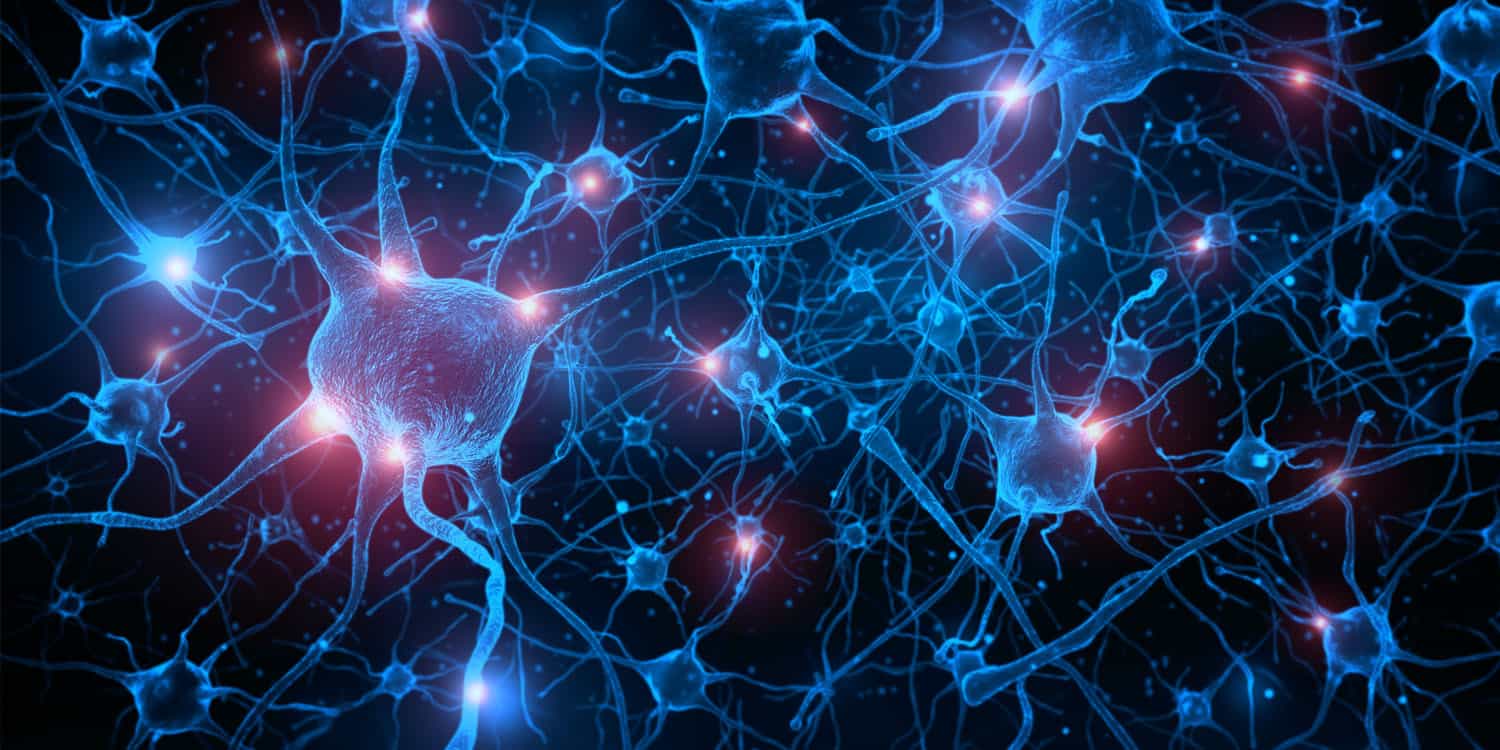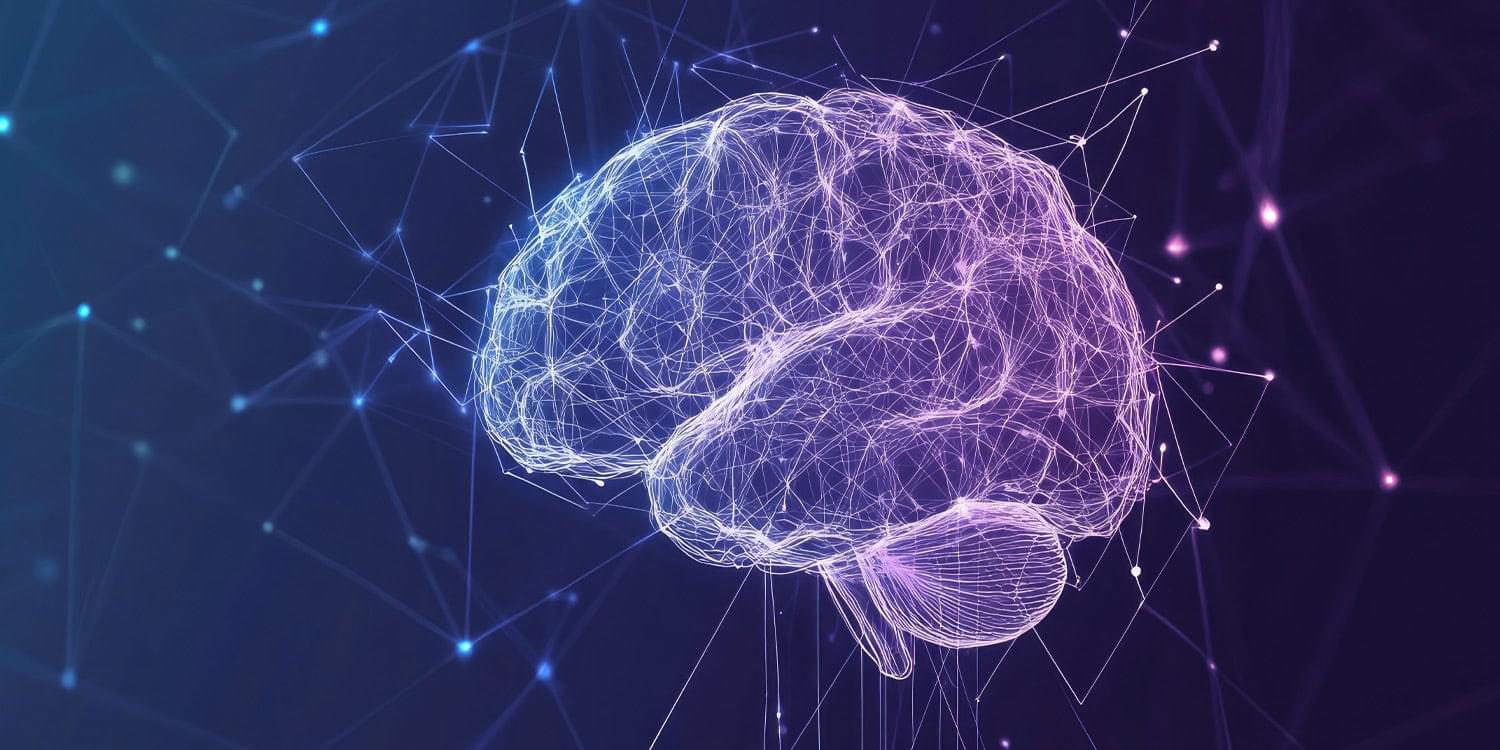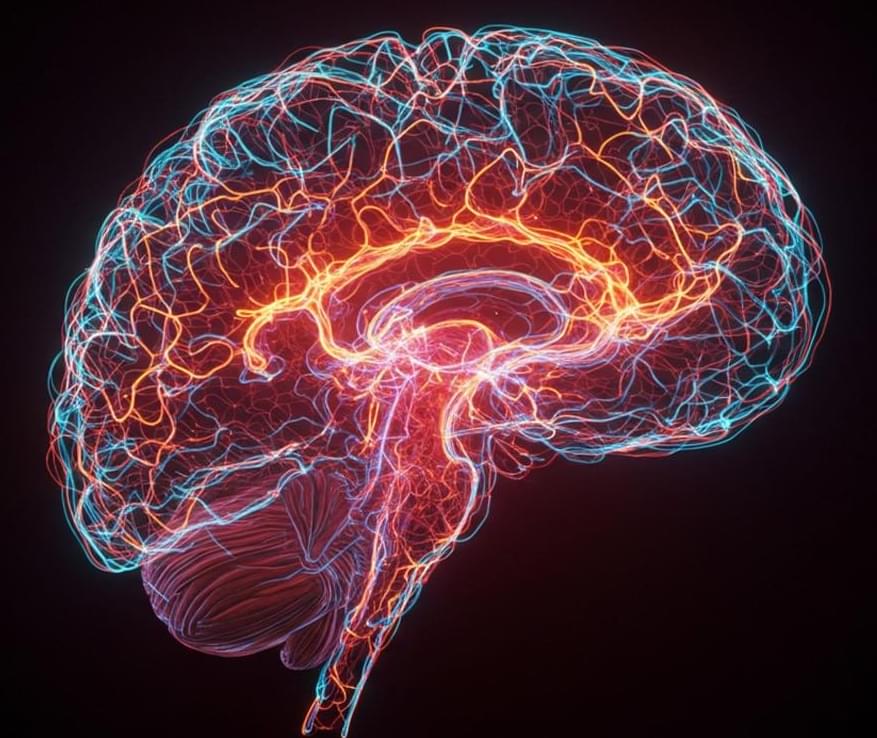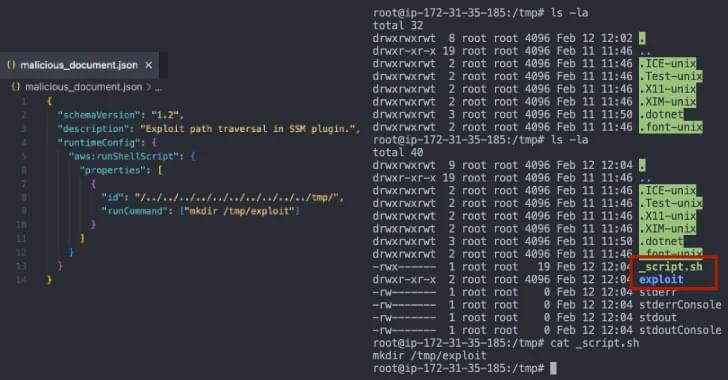A recent study published in The Journal of Neuroscience has found evidence for a link between breathing patterns and brain activity during anxious states. Researchers found that rats experiencing anxiety-like behavior in a common behavioral test breathed more rapidly and that this change in breathing influenced brain rhythms in a key frontal brain area. The study highlights how shifts in respiration actively shape how the brain functions during emotional experiences.
Scientists have long known that feelings of anxiety can trigger physical changes in the body, including alterations in breathing. Previous research has shown that breathing influences brain activity, particularly in areas involved in processing smells and in the front part of the brain. This connection between breathing and brain function has been especially well-documented in relation to fear, where slow, steady breathing is often linked to freezing behavior in rodents. However, it remained unclear whether breathing plays a similar role in other negative emotional states like anxiety, which tends to involve faster breathing.
To investigate this, researchers set out to understand how breathing affects brain activity in situations that evoke anxiety. They used a widely accepted method for studying anxiety in rodents called the elevated plus maze. This maze is shaped like a plus sign and has two arms that are enclosed and two that are open and exposed. Because rats naturally prefer the safety of enclosed spaces, spending time in the open arms is considered an indication of anxiety-like behavior.









